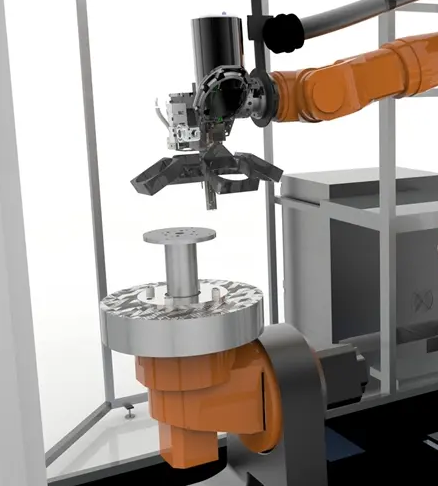
Izmantojot ātro prototipēšanu, inženieri var ātri testēt vairākas dizaina iterācijas, atrast defektus pirms masveida ražošanas, ietaupīt resursus, izvairoties no vēlīnā posma pārveidojumiem, un skaidri komunicēt sarežģītas idejas ieinteresētajām pusēm, paātrinot apstiprināšanas procesus un veicinot risku uzņemšanos.
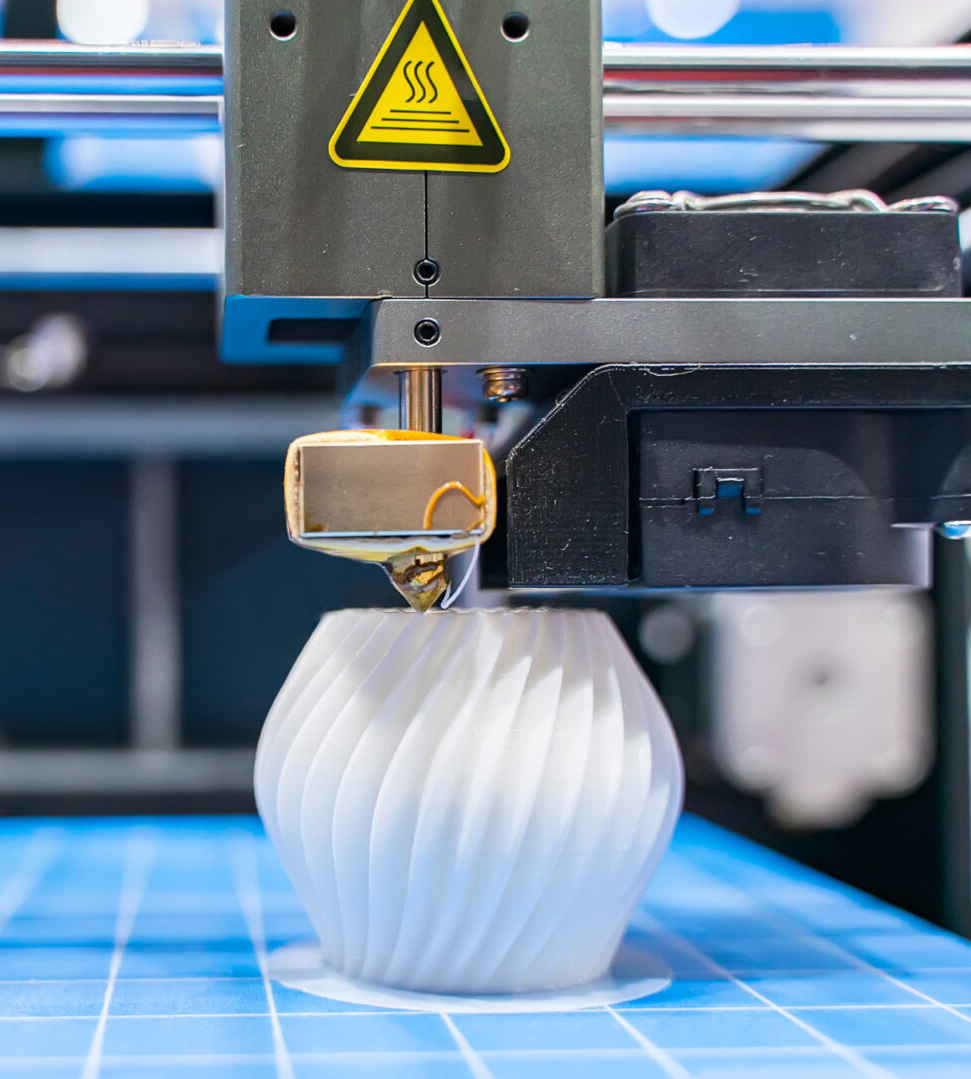
Ātrās prototipu izstrāde ietver plašu tehnisko un procesu klāstu, kas ļauj ātri un efektīvi izveidot fiziskus prototipus. Šīs tehnoloģijas un procesi ir radījuši revolūciju produkta izstrādes ciklā, ļaujot dizaineriem un inženieriem savlaicīgi atkārtoti, testēt un pilnveidot savus projektus.
Viens no visbiežāk izmantotākiem ātrās prototipu izgatavošanas tehnoloģijām ir 3D drukāšana, kas arī ir pazīstama kā aditivā ražošana. Tehnoloģija darbojas, lai uzbūvētu trīsdimensiju objektus, lai uzklātu smalkas materiāla lapas. 3D drukāšana nodrošina milzīgu elastību, kas attiecas uz materiāliem, ļaujot radīt prototype medicīniskajām lietojumiem, kas izgatavoti no plastmasas, metāliem, keramikas un pat bioloģiski saderīgiem materiāliem.
Cita populāra ātrās prototipu izgatavošanas tehnoloģija ir CNC apstrāde, kas ietver datorizētas mašīnas izmantošanu, lai no cieta materiāla bloķa izgriezt prototipu. CNC apstrāde ir ļoti precīza un īpaši piemērota prototipiem no metāla vai cietām plastmasas materiāliem.
Kopumā, ātrās prototipu izgatavošana ietver dažādus tehnoloģijas un procesus, no kuriem katram ir sava unikāla priekšrocība un piemērošana. Izpētot un izmantojot šīs dažādas tehnoloģijas un procesus, projektētāji un inženieri var izvēlēties pieeju, kas vislabāk atbilst viņu specifiskām vajadzībām, kas rada efektīvu un efektīvu produktu attīstību.
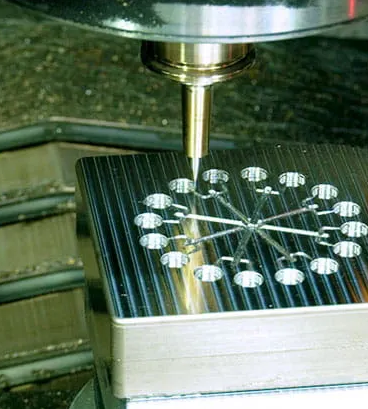
Tradicionāli piegādes ķēdes pārvaldība ir saistīta ar garām piegādes termiņām, augstiem izmaksām un ierobežotu elastību. Tomēr ar strauju prototipu ražošanu šie izaicinājumi tiek pārvarēti.
Viens no galvenajiem ieguvumiem no ātrās prototipu izstrādes piegādes ķēdes pārvaldē ir iespēja samazināt piegādes termiņus. Tā kā dizaineri un inženieri ātri veido fiziskus prototipus, viņi var ātrāk pārbaudīt un pilnveidot savus projektus.
Turklāt ātrā prototipu izgatavošana var palīdzēt samazināt risku, jo tā var atklāt konstrukcijas defektus vai ražošanas problēmas. Atklājot un risinot šos jautājumus jau no attīstības procesa sākuma, var izvairīties no dārgām kļūdām, samazinot piegādes ķēdes traucējumu un kavēšanās risku.
Vēl viens ātrās prototipu izgatavošanas priekšrocība ir tā spēja atbalstīt pielāgošanu un personālu pielāgošanu. Ar aditivās ražošanas tehnoloģiju elastību uzņēmumi var viegli pielāgot produktus, lai atbilstu atsevišķu klientu specifiskajām vajadzībām un preferencēm. Šī pielāgojuma funkcija ne tikai uzlabo klientu apmierinājumu, bet arī palīdz optimizēt inventāra pārvaldību, samazinot pārmērīgu inventāra līmeni.

Ātrās prototipu izgatavošana ir kļuvusi par virzējošu spēku automatizācijas attīstībā, izmantojot robotiku. Pieļaujot ātrus un atkārtojamas dizaina atkārtojumus, tas paātrina robotikas sistēmu attīstību un ieviešanu, attīrot ceļu transformatoriskām lietojībām dažādās nozarēs.
Ātrās prototipu izstrāde atvieglo robotisko sistēmu pielāgošanu konkrētiem uzdevumiem un videi. Ar ātrās prototipu izstrādes tehnoloģiju palīdzību robotiku sastāvdaļas var viegli pielāgot, lai atbilstu unikāliem prasībām, piemēram, izmēru ierobežojumiem vai speciālām funkcijām.
Turklāt ar ātrās prototipu izstrādi var radīt vieglās un optimizētas robotikas struktūras. Izmantojot progresīvus dizaina rīkus un aditivās ražošanas tehnoloģijas, dizaineri var radīt sarežģītus geometriskus elementus, kas ir gan izturīgi, gan viegli. Tas ne tikai uzlabo robotiskās sistēmas vispārējo darbību un kustību, bet arī samazina enerģijas patēriņu un palielina efektivitāti.
Turklāt ātrās prototipu izstrāde ļauj ātri integrēt un testēt sensoriem un citām sastāvdaļām robotikas sistēmās. Ātri veidojot fiziskus prototipus, inženieri var pārbaudīt dažādu sensoru, aktuatoru un vadības sistēmu integrāciju, nodrošinot nepārtrauktu funkcionalitāti un darbību. Šis atkārtotais testēšanas process palīdz identificēt un ātri atrisināt iespējamās problēmas, kas rada uzticamāku un izturīgāku robotikas sistēmu.
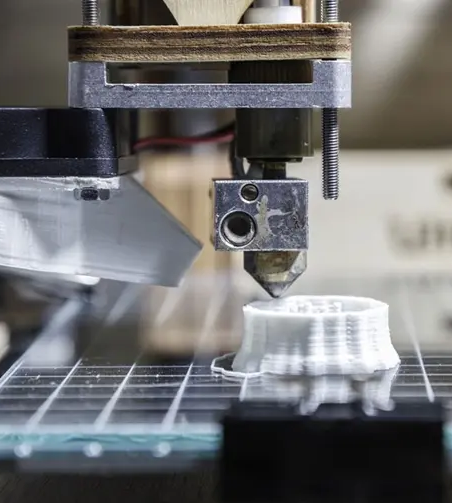
Ātras prototipu izgatavošanai ir svarīga loma ilgtspējīgas produktu izstrādes procesā, veicinot videi draudzīgāku un sociāli atbildīgāku ražošanas metodes.
Viens no galvenajiem veidiem, kā ātrās prototipu izgatavošana atbalsta ilgtspēju, ir materiāla atkritumu samazināšana. Izmantojot tradicionālās ražošanas metodes, formas vai rīku izgatavošana var būt ļoti dārga un izraisīt daudz materiālu atkritumu. Tomēr ātrā prototipu izgatavošana, īpaši ar aditivās ražošanas tehnoloģiju palīdzību, var radīt prototipus tieši no digitālajiem projektiem, samazinot materiāla atkritumus un ietaupot resursus.
Turklāt ar ātrās prototipu izgatavošanu var radīt viegli un optimāli pielāgotus dizainus, kas samazina galīgā produkta kopējo materiālu patēriņu. Izmantojot modernus dizaina rīkus un simulacijas programmatūru, dizaineri var radīt spēcīgas, bet viegli svarīgas konstrukcijas, kas optimizē materiālu izmantošanu, neietekmējot produkta integritāti vai darbību.
Ātrā prototipu izgatavošana arī atbalsta ilgtspējīgu produktu attīstību, veicinot dizaina atkārtošanos un optimizāciju. Ar tā ātrā veiktspējas laiku dizaineri var ātri izveidot un novērtēt vairākas produkta atkārtojumus, kas ļauj pastāvīgi uzlabot un pilnveidot. Šis atkārtojams process ļauj dizaineriem identificēt un ātri novērst dizaina defektus vai neefektivitāti, tādējādi samazinot ar produkta pārstrādāšanu vai pārstrādāšanu saistīto ietekmi uz vidi.
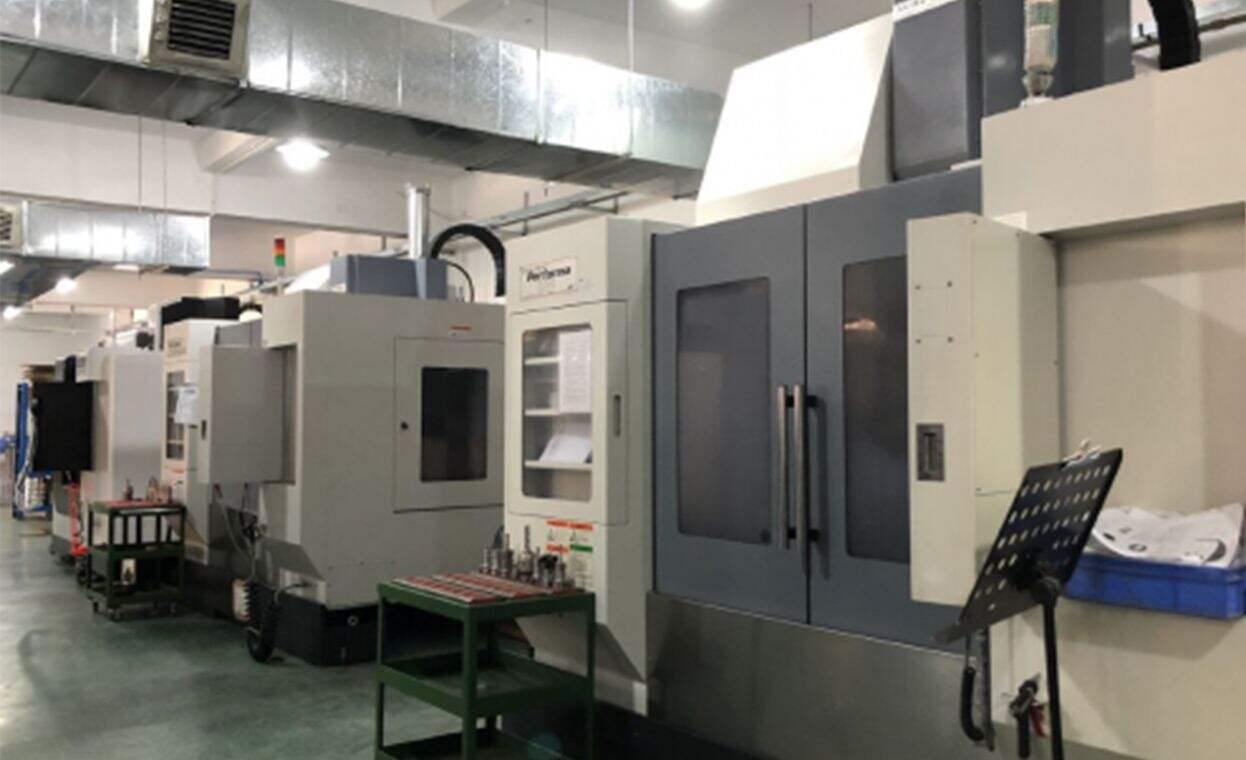
RMT ir precizitātes pielāgotas ražošanas pakalpojumu sniedzējs. Mēs nodrošinām augstas kvalitātes ražošanu ar savlaicīgu piegādi par konkurētspējīgām cenām. Izsakiet savas prasības, un, kad tās tiks apstiprinātas, mēs izstrādāsim risinājumu, kas apmierinās jūs. Katrs solis procesā Mēs nepārtraukti sazināsimies ar jums katrā posmā, lai jūs varētu saprast visu informāciju par produkta ražošanu.
Ievietojiet klientu vajadzības un gaidas pirmajā vietā, pielāgojiet apmierinošus risinājumus ar personalizētām pakalpojumu sniegšanas iespējām un pārsniedziet klientu gaidas, tādējādi veidojot uzticamas ilgtermiņa attiecības.
Vadot klientus caur pielāgotās ražošanas procesu no koncepcijas līdz pabeigšanai, mūsu konsultanti cieši sadarbojas ar katru klientu, lai izprastu viņu unikālās specifikācijas un sniegtu stratēģiskus ieskatus personalizētiem ražošanas risinājumiem.
Mēs izmantojam modernu iekārtu un stingras kvalitātes kontroles pasākumus, lai ražotu komponentus ar precīzām tolerancēm. Katrs elements tiek pakļauts stingrai pārbaudei, lai nodrošinātu mikronu līmeņa precizitāti, atbilstot visprasīgākajām specifikācijām.
No izejvielām līdz gataviem produktiem mēs rūpīgi ievērojam stingras normas, uzraugot un testējot katru soli, izmantojot modernākās metodes, lai garantētu konsekventu veiktspēju un izturību visos mūsu produktos.
Galvenais priekšrocība, ko rada ātrās prototipu izstrādes izmantošana produktu attīstībā, ir spēks ātri izveidot fiziskus prototipus, kas ļauj ātrāk atkārtoti, apstiprināt dizainu un paātrināt laiku tirgū.
Ātrā prototipu izgatavošana nodrošina dizaina fizisko attēlu, kas ļauj ieinteresētajām personām no dažādām komandām to vizualizēt un sniegt atsauksmes. Tas uzlabo saziņu, veicina sadarbību un uzlabo lēmumu pieņemšanu visā produkta izstrādes procesā.
Ātrs prototipu izgatavošana ļauj veikt ātras un iteratīvas dizaina izmaiņas. Izveidojot fiziskus prototipus, dizaineri var pārbaudīt un novērtēt dažādas dizaina atkārtošanās, noteikt optimizācijas jomas un uzlabot vispārējo dizaina kvalitāti un darbību.
Ātrās prototipu izstrādes rezultātā nav nepieciešams izmantot dārgus rīkus un veidnes, tādējādi samazinot sākotnējās investīciju izmaksas. Turklāt tas ļauj rentablu nelielu partiju ražošanu, samazinot atkritumu daudzumu un optimizējot resursus.
Ātrās prototipu izstrāde ir labvēlīga daudzām nozarēm, tostarp produktu izstrādei, automobiļu un lidmašīnu inženierijai, veselības aprūpes un medicīniskās ierīces ražošanai, arhitektūrai un būvniecībai, patēriņa precēm un elektronikai, kā arī izglītībai un pētniecībai.
